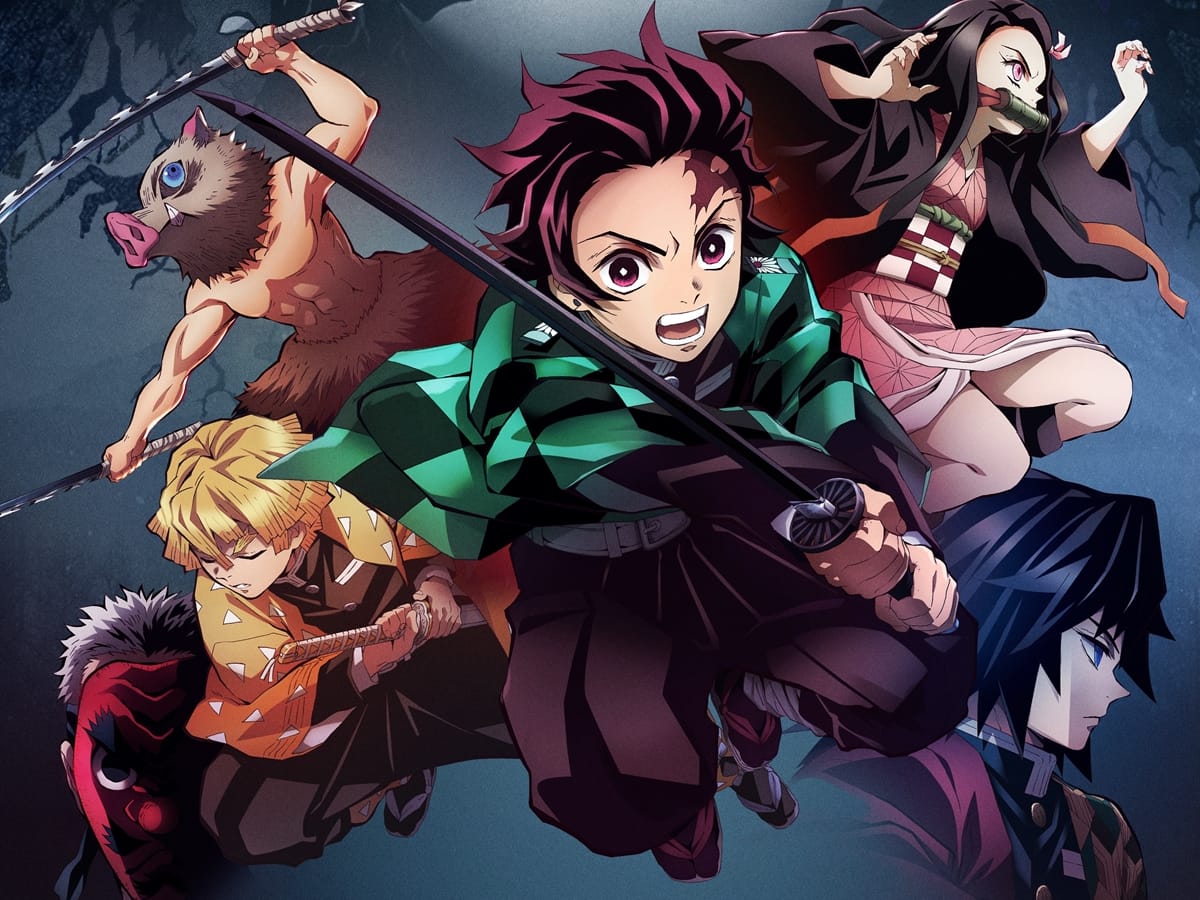20Shift: Your Daily Dose of Insight
Stay updated with the latest trends and news across various domains.
Manga Myths That Will Make You Question Everything
Unravel shocking manga myths that will challenge your beliefs and change the way you view your favorite stories!
The Truth Behind Common Manga Misconceptions: Separating Fact from Fiction
Manga, a distinctive form of Japanese comic and graphic novel, often comes shrouded in various misconceptions that can mislead both old fans and newcomers alike. One of the most common myths is that all manga is geared toward children. In reality, the medium encompasses a vast array of genres catering to different age groups and interests, from the heartwarming stories of shoujo for young girls to the more mature themes found in seinen aimed at adult men. Such diversity allows manga to appeal to a broad audience, but it also leads to general misunderstandings about its content and purpose.
Another prevalent misconception is that all manga follows a similar artistic style. While many manga may share aesthetics influenced by tradition, there exists a rich diversity in artistic expression within the manga community. From the intricate details of shonen battle series to the minimalist designs found in slice-of-life stories, each manga possesses a unique visual identity. Recognizing this diversity helps to separate fact from fiction, allowing fans to appreciate the multitude of styles that make manga such a vibrant and dynamic medium.

Do Manga Really Follow a Formula? Debunking the Myths
The notion that manga follows a strict formula is a common misconception that often oversimplifies the rich diversity found within this medium. While many genres do have recurring themes and tropes, the creativity and innovation of mangaka can lead to unique storytelling that breaks away from traditional molds. For instance, shonen series may share similar structures, such as a hero's journey, but the execution can vary widely, resulting in vastly different narratives and emotional impacts. This diversity is what attracts readers to manga in the first place, as each story can offer something fresh and unexpected.
Moreover, many iconic manga series actively subvert expectations laid out by genre conventions. Take, for example, titles like One Piece, which combines adventure with deep emotional arcs, or Attack on Titan, which flips the typical hero-villain dynamic on its head. These stories demonstrate that while there are patterns, the magic of manga lies in its ability to play with these formulas rather than adhere to them rigidly. It's essential to appreciate that the variety in storytelling styles and character development is what makes manga a vibrant and evolving art form.
Is Manga Only for Kids? Exploring the Diversity of Themes and Audiences
The common perception that manga is solely for kids stems from its colorful art style and larger-than-life characters, often appealing to younger audiences. However, this view overlooks the vast diversity of storytelling found within this medium. Manga spans various genres, including romance, horror, thriller, and even slice-of-life narratives that resonate with adults. Titles such as Death Note and Attack on Titan explore complex themes of morality, human nature, and societal issues, showcasing that manga can be just as thought-provoking as any literary work.
Moreover, the readership of manga is equally diverse, attracting individuals of all ages and backgrounds. Adult readers often gravitate towards more mature and nuanced stories, demonstrating that manga is not confined to a juvenile audience. Many publishers are now catering specifically to these adults, producing works that delve into intricate adult relationships, psychological drama, and even professional life, thus broadening the appeal of manga far beyond its traditional confines. In essence, manga has evolved into a rich tapestry of narratives that can entertain, challenge, and inspire readers of all ages.